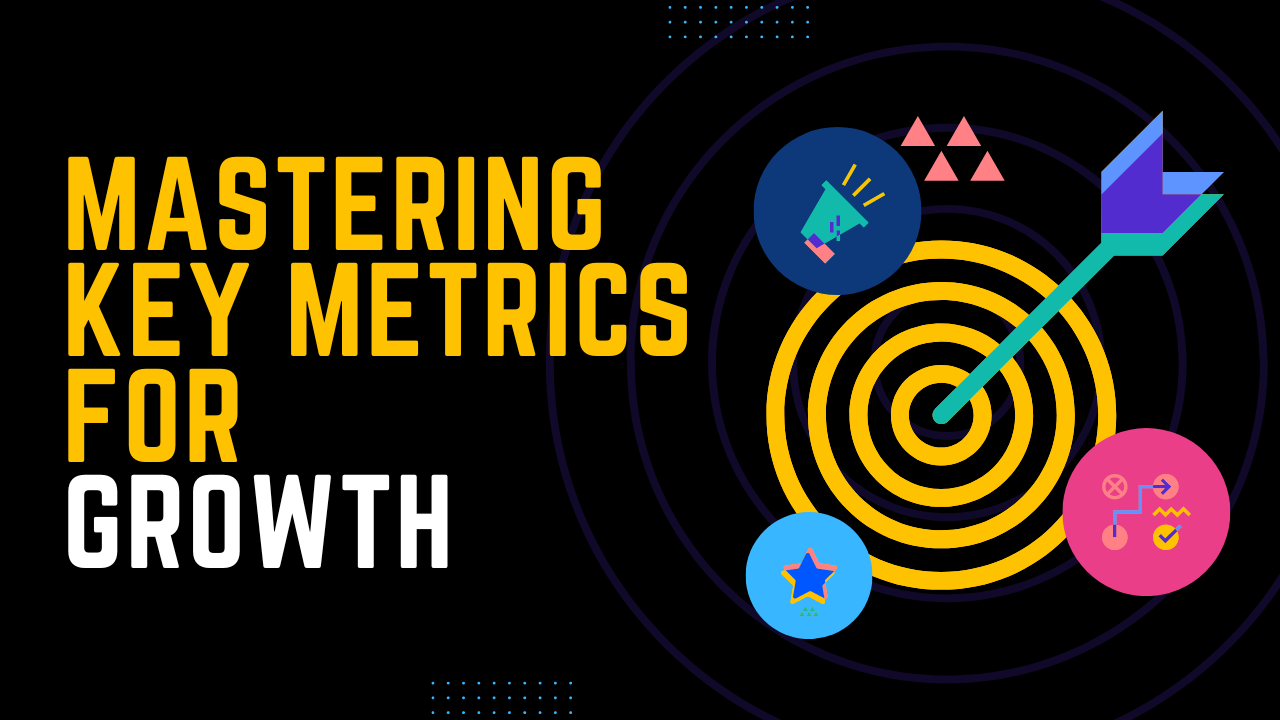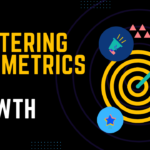
Unlocking Business Success: Navigating the Metrics Maze – How to Measure ROI, ROAS, and CPA for Optimal Performance

In the dynamic world of digital marketing, understanding key metrics is essential for optimizing campaign performance and driving business growth. Three crucial metrics in the realm of paid advertising are ROAS, CPA, and ROI. Let’s delve into each of these metrics and uncover their significance in measuring campaign success.
Return on Ad Spend (ROAS)
ROAS, or Return on Ad Spend, is a metric that evaluates the efficacy of digital advertising campaigns by measuring the revenue generated for every dollar spent on ads. Expressed as a ratio, a higher ROAS indicates better campaign performance. For example, if a campaign generates $5 in revenue for every $1 spent on ads, the ROAS would be 5:1.
Businesses often use ROAS as a key performance indicator (KPI) to assess the profitability of their advertising efforts. By analyzing ROAS, marketers can identify which campaigns are yielding positive returns and allocate budget accordingly. However, it’s important to consider additional costs such as vendor fees and team expenses when calculating ROAS to ensure an accurate assessment of profitability.

Cost Per Acquisition (CPA)
CPA, or Cost Per Acquisition, measures the average cost incurred to acquire a new customer or lead through advertising campaigns. It is calculated by dividing the total advertising spend by the number of conversions generated. A lower CPA indicates more efficient acquisition efforts.
Many businesses set CPA as their primary goal, aiming to minimize acquisition costs while maximizing the number of conversions. By optimizing campaigns to achieve a lower CPA, marketers can increase the overall efficiency of their advertising budget and drive higher returns on investment.

Return on Investment (ROI)
ROI, or Return on Investment, is a broader metric that evaluates the overall profitability of an advertising campaign by comparing the net profit generated to the total investment. It takes into account both the revenue generated from advertising efforts and the associated costs, providing a comprehensive view of campaign performance.
While ROAS focuses specifically on revenue generated from ad spend, ROI considers all costs associated with the campaign, including overhead expenses and operational costs. By analyzing ROI, businesses can determine the overall profitability of their advertising efforts and make informed decisions about future investments.

Choosing the Right Metric
When it comes to measuring campaign success, different businesses may prioritize different metrics based on their goals and objectives. Some businesses may focus on maximizing ROAS to ensure a positive return on advertising spend, while others may prioritize minimizing CPA to optimize acquisition costs. Additionally, ROI provides a holistic view of campaign performance, taking into account both revenue and costs.
Ultimately, the choice of metric depends on the specific goals and objectives of each business. By understanding the nuances of ROAS, CPA, and ROI, marketers can effectively evaluate campaign performance and make data-driven decisions to drive business growth.




